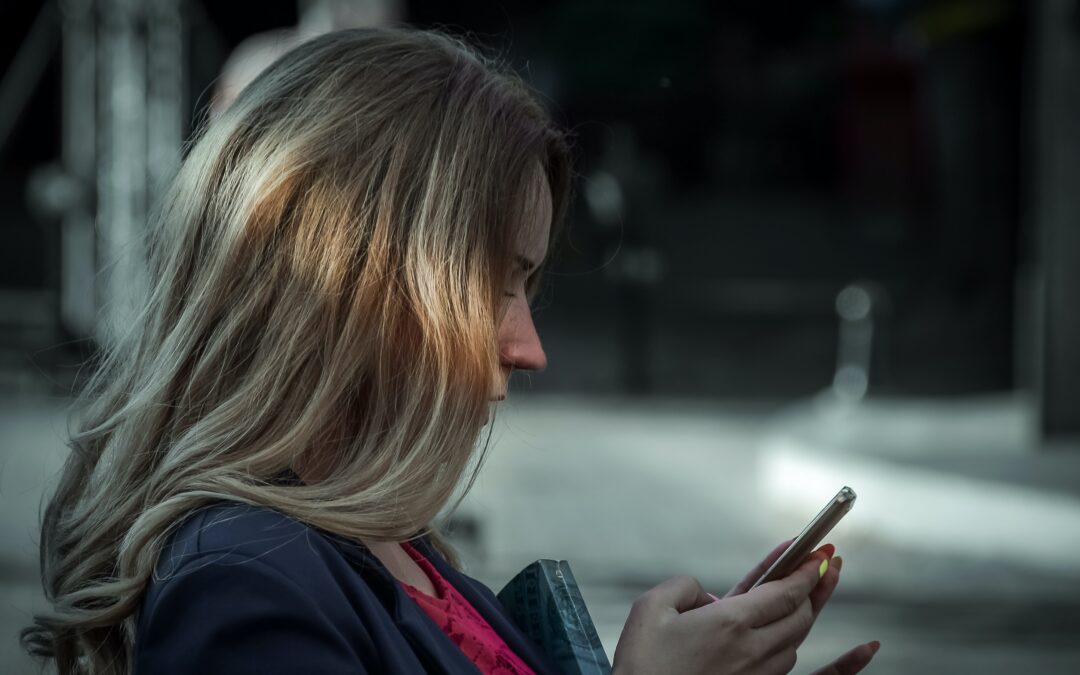Nowadays, an increasingly common habit is to glance at your smartphone or tablet when you are in bed, before going to sleep. But the risk is that you will no longer be able to fall asleep or the quality of your rest will deteriorate.
Using technology under the sheets is an irresistible attraction at any age, from children to adolescents to adults. Maybe the priorities change – videogames and social networks for children and adolescents, e-mails and “2.0 reading” for the older ones – but the results are the same: a worse sleep.
What the experts say
The National Sleep Foundation suggests turning off PCs, smartphones and tablets at least an hour before going to bed “It’s a valid suggestion. And that they are turned off around 10:30/11PM: the time you go to bed is also essential.
“Whoever gets enough sleep, benefits from better cognitive performance the next morning, has a better memory and concentrates better”.
Numerous scientific studies show that technology has a disturbing effect on sleep. A team of researchers from Brigham and Women’s Hospital (USA) has shown that reading an e-book is worse than reading on paper. In a study published in PNAS it was found that those who used an e-book reader in the 4 hours before going to bed took longer to fall asleep. Blame the blue light that these devices – as well as smartphones, tablets and PCs – emit.
From the University of California there are indications on the consequences that technology has on children’s sleep. A research analysed the sleep of over 2 thousand children between 9 and 12 years: it emerged that those who went to bed with an electronic device at hand fell asleep on average 37 minutes later, but not only. Sleep was reduced by 20 minutes each day.
Lastly, a study on Frontiers in Public Health carried out by various institutes including the Evelina Children Hospital in London: as one of the researchers points out, using technology could delay the moment in which one closes an eye by up to an hour. Experts also noted how a pair of glasses with orange lenses and an app designed to reduce short-range brightness in the evening were able to reduce the negative influence of smartphones and e-readers on sleep.
To sleep well, we read in the study, there is therefore a need for devices with “sleep saving” mode, with lights with colours other than blue and green and with reduced intensity and backlighting.
What can you do?
You may have noticed being more tired than usual, or maybe that you fall into the trap of using your phone a lot before going to bed, so what can you do to fix this?
Here are some quick and easy fixes you can do:
- Switch to night setting
The main goal of Night Shift is precisely to limit blue light and minimize the risk of headaches and blurred vision, helping the user to fall asleep.
Turning on your night shift on your iPhone or iPad can help reduce fatigue, yet experts still suggest avoiding to use the device completely would be a bigger benefit.
- Set scrolling limits and notifications
Setting a bedtime on your clock or scrolling limits and notifications can help you get into the bedtime routine and manage your sleep better.
This will help you stick to your schedule with a little extra help from the device itself.



Recent Comments